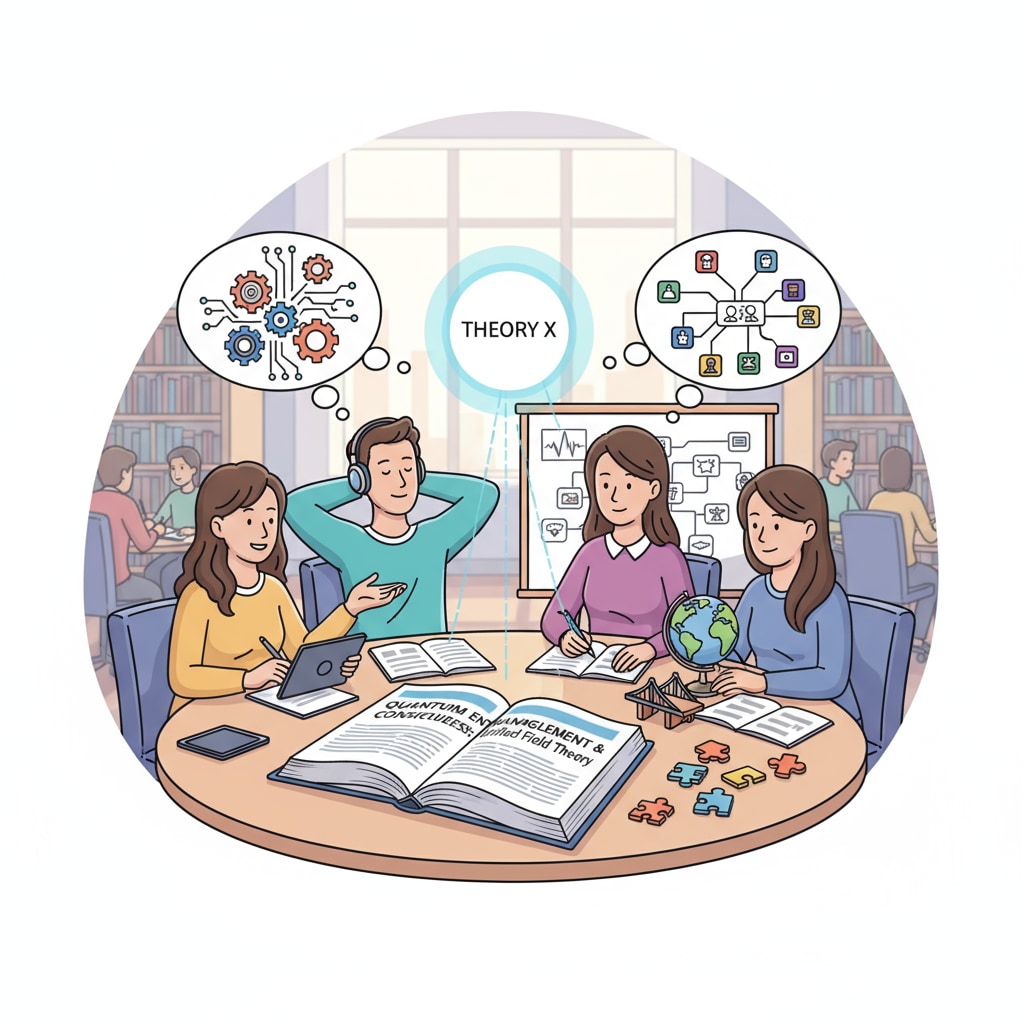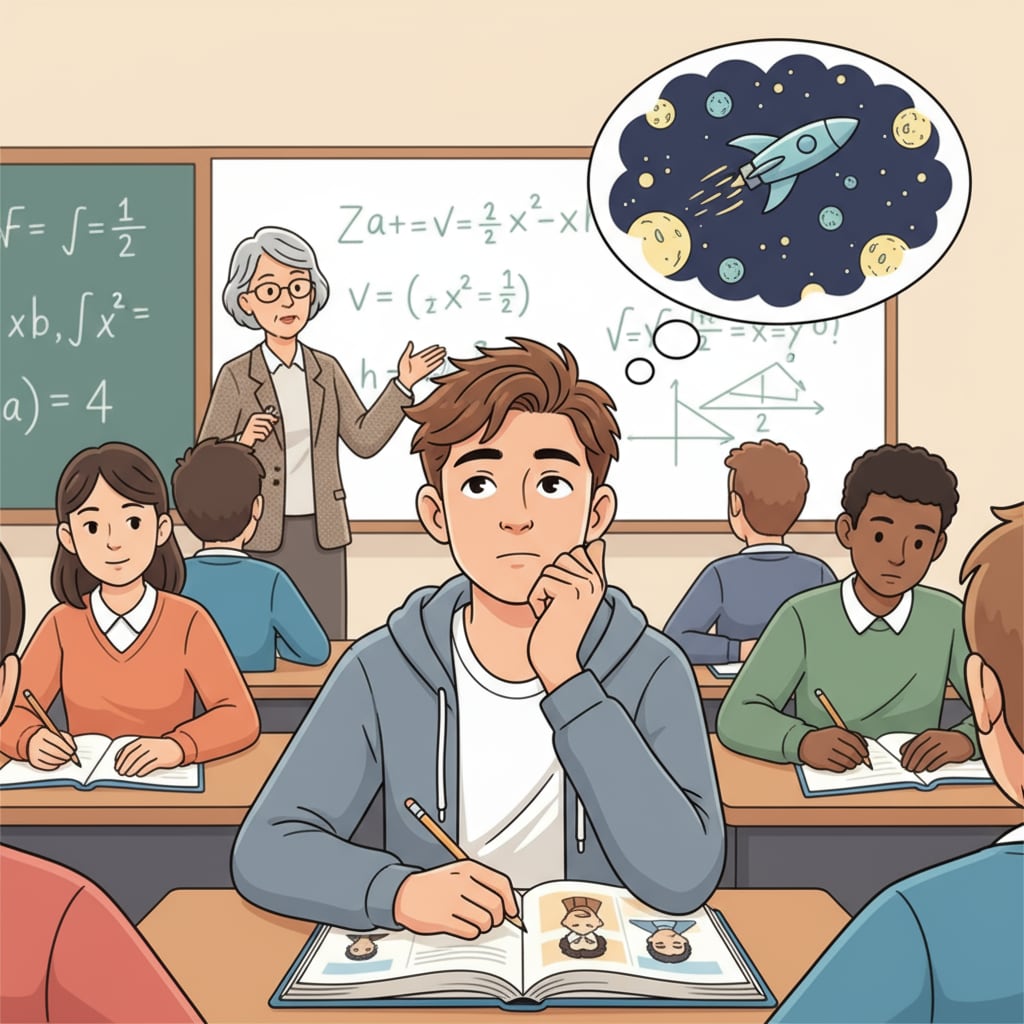Theoretical learning, attention deficit, hands-on learning, and learning efficiency are key aspects to consider when it comes to helping certain learners succeed. For those with attention deficits and a preference for hands-on learning, traditional theoretical learning methods often pose challenges. However, with the right strategies, these learners can overcome these obstacles and master knowledge effectively.

Understanding the Challenges
Learners with attention deficits may find it difficult to focus during traditional lectures or while reading theoretical materials. Their minds tend to wander, making it hard to absorb information. On the other hand, hands-on learners thrive when they can actively engage with the material. They need practical experiences to understand abstract concepts. As a result, theoretical learning, which often involves passive listening and reading, can be a struggle for them.

The Problem-Oriented Learning Method
One effective strategy is the problem-oriented learning method. This approach involves presenting learners with real-world problems that require theoretical knowledge to solve. For example, instead of just teaching the theory of physics, present a problem like building a simple bridge. This makes the learning process more engaging and relevant. Learners will be motivated to find solutions, which in turn helps them understand the underlying theoretical concepts. According to Problem-based learning on Wikipedia, this method encourages critical thinking and self-directed learning.
Multi-Sensory Learning Techniques
In addition to the problem-oriented method, multi-sensory learning techniques can greatly enhance learning efficiency. These learners can benefit from using multiple senses during the learning process. For instance, incorporating visual aids such as diagrams and videos, along with hands-on experiments, can help them better understand theoretical concepts. Auditory elements like podcasts or discussions can also be added. As stated on Learning theory on Britannica, engaging multiple senses helps reinforce memory and understanding.
In conclusion, by implementing strategies like the problem-oriented learning method and multi-sensory learning techniques, learners with attention deficits and a hands-on learning style can overcome the challenges of theoretical learning and improve their learning efficiency. These methods not only make the learning process more enjoyable but also ensure better knowledge retention and application.
Readability guidance: The article uses short paragraphs and lists to summarize key points. Each H2 section provides relevant information. The proportion of passive voice and long sentences is controlled, and transition words are used throughout to enhance readability.


